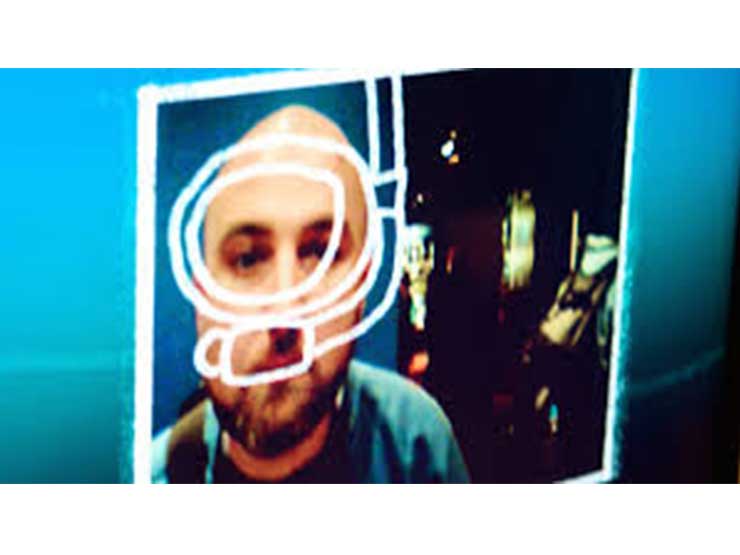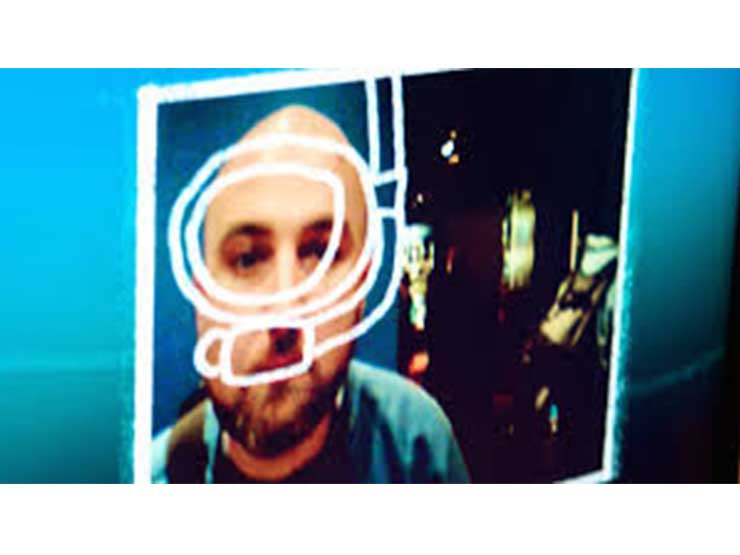As retailers eagerly search for any innovations that are going to increase footfall into stores, UK research reveals that 70% of shoppers would find facial recognition technology that identifies age and gender in order to display product recommendations “creepy”. Meanwhile, 76% felt the same about being greeted by their names when walking into a store because their smartphone had signaled their entrance.
According to a survey of British shoppers by RichRelevance, a leader in omnichannel personalization, called “Creepy of Cool”, most people are positive about personalisation and even location-based marketing, but stop short of shops knowing too much about them upon entering a store.
The researchers found that, almost three quarters (72%) of shoppers find personalisation of product recommendations based on purchasing habits a helpful capability when shopping. 63% of consumers also welcome location-based personalisation in store, with a mobile personalised map showing item locations and efficient store paths to help them navigate stores more conveniently deemed the most intelligent innovation.
“While it’s always been a well-known fact that UK consumers are keen protectors of their privacy and personal space, we now have a clearer view into where they are increasingly embracing – and even expecting – tailored shopping services in the fast-changing world of retail,” RichRelevance CMO Diane Kegley said.
“Personalisation in the form of facial recognition or personal greeting at store entrance may not be welcome, but we’re seeing a trend of younger consumers who are open to a connected shopping experience—receiving recommendations delivered within their personal space like dressing rooms and smartphones, and allowing in-store tracking if it means getting a better deal.”
More creepy ideas
Other marketing ideas that were currently in the midst of being developed or had been trialled were also deemed too creepy be consumers, including:
- Products in store that don’t have price tags; with digital screens displaying prices that are tailored to the customer instead. · Digital screens in dressing rooms providing recommended products based on current items and past purchases. · A salesperson unlocks the dressing room door before a customer arrives based on their detected location within the store.


